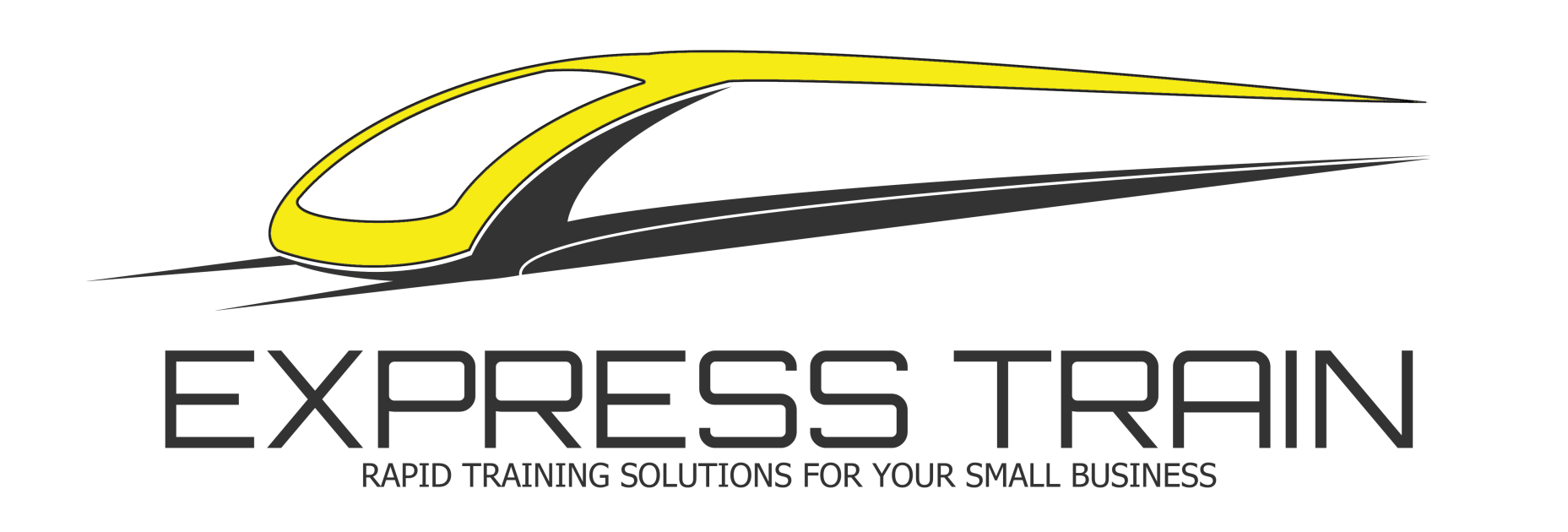Naked and Afraid Isn’t a Business Strategy!
Nov 24
/
STAN
Machine Guarding
Let’s talk machine guarding. You know, those metal barriers between you and a very painful workers’ comp claim. Some folks look at them and think, “Do we really need these?” Short answer: Yes. Long answer: YES, UNLESS YOU WANT TO EXPLAIN TO YOUR GRANDKIDS WHY YOU CAN’T PLAY CATCH ANYMORE.
Let’s talk machine guarding. You know, those metal barriers between you and a very painful workers’ comp claim. Some folks look at them and think, “Do we really need these?” Short answer: Yes. Long answer: YES, UNLESS YOU WANT TO EXPLAIN TO YOUR GRANDKIDS WHY YOU CAN’T PLAY CATCH ANYMORE.
Here’s the thing about machines—they’re not exactly sentient, but they sure know how to ruin your day. A spinning blade doesn’t care about your plans for Saturday. A conveyor belt isn’t going to slow down because you’ve got a vacation coming up. These things are equal-opportunity maimers. Enter machine guarding: the unsung hero of industrial safety.
Machine guarding is like a bouncer at a nightclub. It’s there to keep the wrong people out (you and your delicate human hands) and let the right ones in (tools, raw materials, and probably a little grease). Sure, it might slow you down, but that’s a small price to pay for keeping all your digits attached.
Now, OSHA—our friends in high places who love a good rule—have an entire handbook on machine guarding. It’s filled with fun phrases like “point of operation” and “rotating motion hazards.” Translation? If it spins, cuts, crushes, or pinches, slap a guard on it before somebody loses an appendage.
So the next time you’re tempted to bypass that “annoying” guard to save five seconds, just remember: Machines don’t have a sense of humor, but you’ll definitely need one if you lose a finger trying to prove a point.
Stay safe, stay guarded, and keep your high-five game strong. Your hands will thank you.
Because safety doesn’t have to be boring—but it does have to be smart!
Businesses We Support
Helpful links
Copyright © 2024

